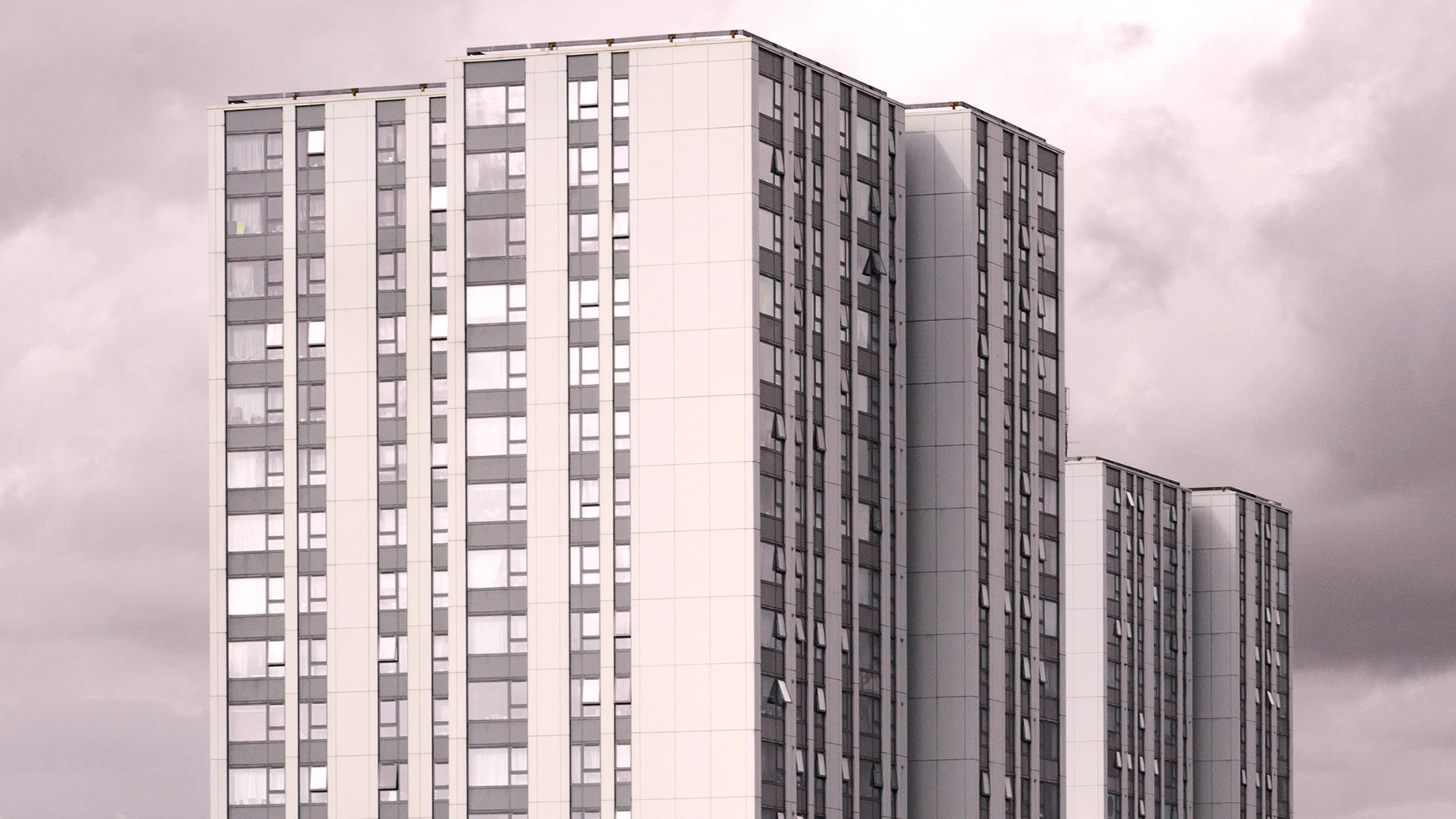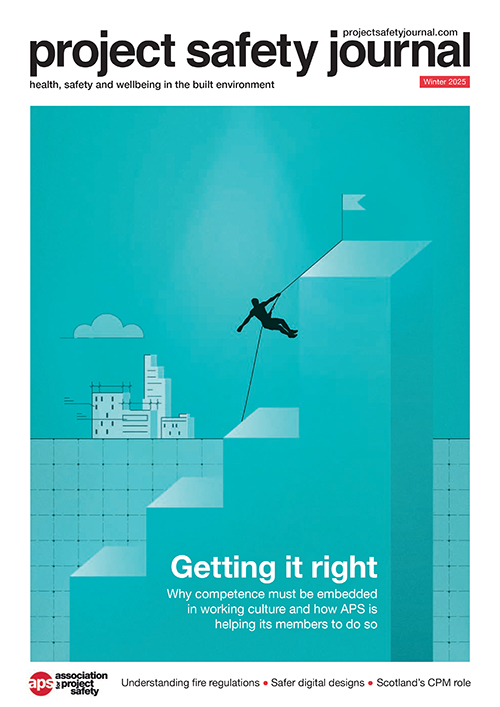
Risk management in a post-Grenfell world requires profound cultural change, says Hans Mitchell.
Watching the footage of a recent fire at a block of flats in Bethnal Green, east London, provides a stark reminder that for those of us working in the arena of ‘risk management’, operating under a mindset of chronic unease is one of our most effective guiding principles.
The word ‘risk’ is now ubiquitous across the housing sector, but this wasn’t necessarily the case in the pre-Grenfell Tower era. The fact that clear and present risk factors were so casually disregarded in the infamous Grenfell Inquiry ‘web of blame’ graphic shows how priorities can wax and wane dependent on circumstances and prevailing societal sentiment.
It took the deaths of 72 innocent people eight years ago to refocus minds on what should have been a fundamental and core principle of every UK built environment project – the preservation of life.
Today, we are in a very different place, although the transition to a culture of safety prioritisation is not without its challenges, as we regularly read how the Building Safety Regulator (BSR) and built environment community clash over the consequences of this new regime.
But, returning to the fire in April that resulted in 11 people being hospitalised, it later emerged that the source of ignition was believed to be a lithium-ion battery from an e-bike or e-scooter. The risk associated with lithium-ion batteries is not new, with numerous incidents across the globe highlighting a similar destructive pattern when things go wrong.
Risks from new technology
Emerging technologies can have a profoundly positive impact on our lives, but they can also bring new and highly consequential risks to our homes. The question we need to ask, but also definitively answer, is: are we ready to identify and quickly respond to risks that emerge from new technology or societal trends that upend our traditional view of risk?
If the recent past provides any guide, then I would have to say that we face a growing dilemma. If, after eight years, tens of thousands of people still live in fear that their buildings are unsafe, with no clear date for the start and completion of remediation activity, can we be confident about tomorrow’s risk?
But it goes deeper than emerging risks, as the cladding and faulty cavity barrier scandal reveals. Our systems and procedures to identify and then prioritise risk are not in a healthy place. Although attitudes to risk have changed, guidance, best practice and leadership have been too slow and ineffective in supporting the transformational change needed for a wholesale cultural reset.
Missing information
The answers shout out from the pages of the Grenfell Inquiry report. The safety concerns of residents weren’t listened to. Detailed information on the structure and fabric of the building was wrong or missing, knowledge about residents’ health conditions wasn’t collected – there were simply too many unknowns when the fire started on 14 June 2017.
Traditional behaviours and the legislative framework quickly constructed in the aftermath of the Grenfell Tower tragedy have proved an unhelpful combination. In what a politician might describe as a ‘sticking plaster’ approach, the sector response has been knee-jerk in nature. In the clamour to remedy the most obvious risks, the more significant and serious hidden risks have been sidelined.
This has proved immensely challenging culturally – progress is measured by actions completed, which often has limited correlation to reducing overall risk. Resources are often misallocated on low priority wins, rather than tangible resident safety improvements, while those underlying issues still remain and the cost of resolution continues to grow.
Holistic perspective
In an increasingly complex world, risk management must continuously evolve. Its practitioners need to reframe the debate away from singular actions to a holistic perspective of risk, and importantly take customers on this journey.
Risk is definitely a defective fire door closing mechanism, but it’s also organisational culture that doesn’t have contemporary data on its built assets and residents, or strict building management policies to futureproof fire compartmentation.
Mitigating risk and protecting lives is a dynamic combination, part physical intervention and part cultural leadership. The cost of failing to invest in both elements might just play out on a TV screen near you very soon.
Hans Mitchell is client relations director at Harmony Fire.











